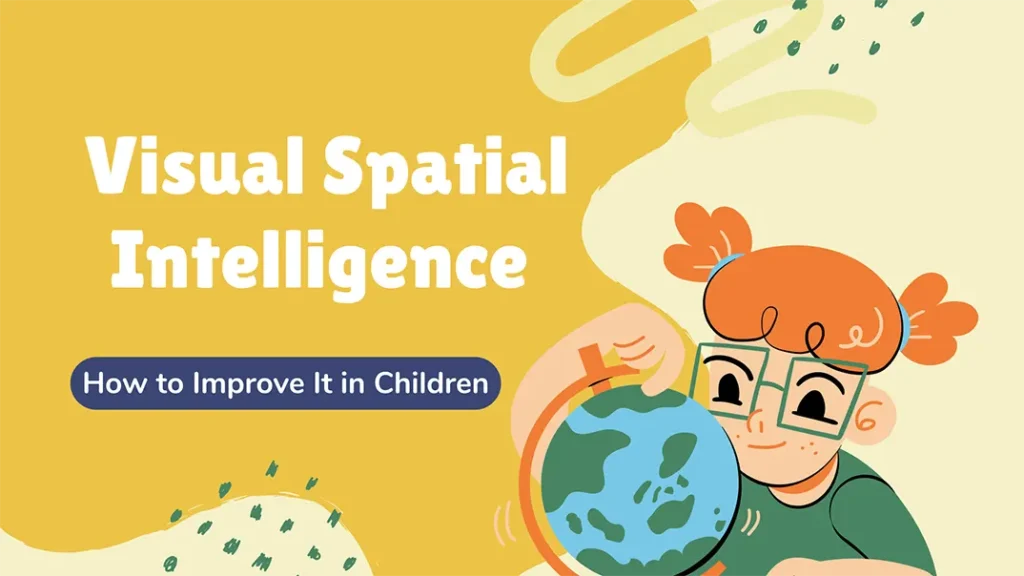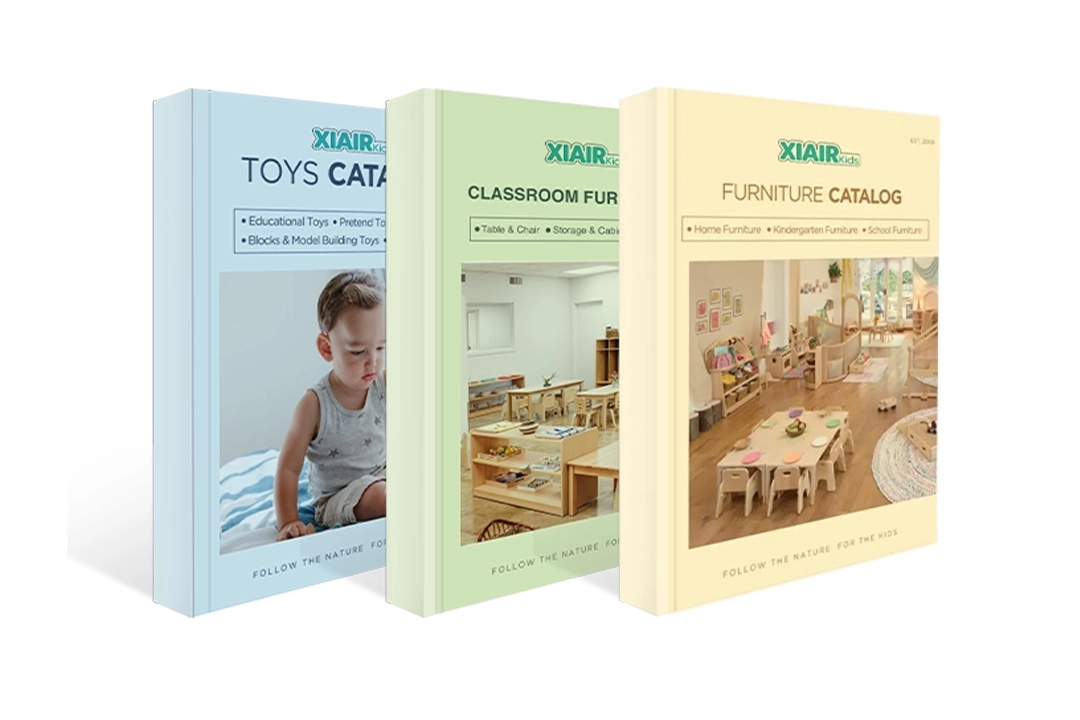Many parents wonder why their child struggles with puzzles, has trouble organizing their space, or finds it hard to interpret maps and diagrams. Could it be a lack of creativity or focus? Or is there something deeper affecting their spatial awareness and visual learning abilities? These challenges often point to one crucial but overlooked aspect of cognitive development: visual spatial intelligence. But what exactly is visual spatial intelligence, and why is it so important for a child’s growth?
Visual spatial intelligence is the capacity to perceive, manipulate, and reason about spatial relationships between objects. It allows children to understand how things fit together, rotate, move, or relate to one another in a given space. This type of intelligence is essential for tasks like reading maps, assembling puzzles, drawing, geometry, and even planning physical movement. Developing visual spatial intelligence can significantly enhance a child’s problem-solving ability, creativity, and academic performance in subjects such as math, science, and art.
In the sections that follow, you’ll discover not just what visual spatial intelligence truly means, but also how to recognize it in your child and the most effective ways to develop it through everyday activities and games. Let’s dive into the world of visual spatial intelligence and discover how it shapes the way children learn and grow.
What Is Visual Spatial Intelligence?
Visual spatial intelligence refers to the ability to perceive, analyze, and mentally manipulate visual and spatial relationships among objects. It enables individuals—especially children—to understand how shapes, forms, and spaces interact, and how objects move or change in space, even without physical manipulation. This form of intelligence plays a crucial role in visual thinking, mental imagery, spatial judgment, and the ability to visualize outcomes.
The concept was formally introduced by psychologist Howard Gardner in his Theory of Multiple Intelligences, where visual spatial intelligence was identified as one of the distinct domains of human intellectual capacity. Unlike linguistic or logical intelligence, which focus on verbal and numerical reasoning, visual spatial intelligence centers on how the brain processes visual inputs and spatial orientation.
- Linguistic Intelligence: Involves a strong sensitivity to spoken and written language. Individuals with high linguistic intelligence are typically skilled in expressing themselves, interpreting meaning, and learning new languages with ease.
- Logical-Mathematical Intelligence: Characterized by advanced reasoning, problem-solving abilities, and a strong grasp of numbers and abstract concepts. This form of intelligence is commonly found in scientists, programmers, and analysts.
- Visual Spatial Intelligence: Reflects a keen ability to visualize, manipulate, and understand spatial relationships. Children who enjoy drawing, building models, or interpreting maps often demonstrate strengths in this area.
- Bodily-Kinesthetic Intelligence: Associated with physical coordination and the ability to use one’s body effectively for expression or problem-solving. Dancers, athletes, surgeons, and craftspeople often exhibit this intelligence.
- Musical Intelligence: Seen in those who easily recognize rhythm, melody, and tone. These individuals may compose music, play instruments, or use sound to interpret and express emotions.
- Interpersonal Intelligence: Found in people who relate well to others and navigate social dynamics smoothly. Empathy, communication skills, and conflict resolution are key traits of this intelligence.
- Intrapersonal Intelligence: Marked by a deep awareness of one’s own emotions, motivations, and inner thoughts. Individuals with this intelligence tend to be introspective and self-reflective, making them effective at setting personal goals.
- Naturalistic Intelligence: Shows up in those who are highly attuned to nature, capable of identifying patterns in the environment and classifying living organisms. It’s a common trait in biologists, conservationists, and outdoor educators.
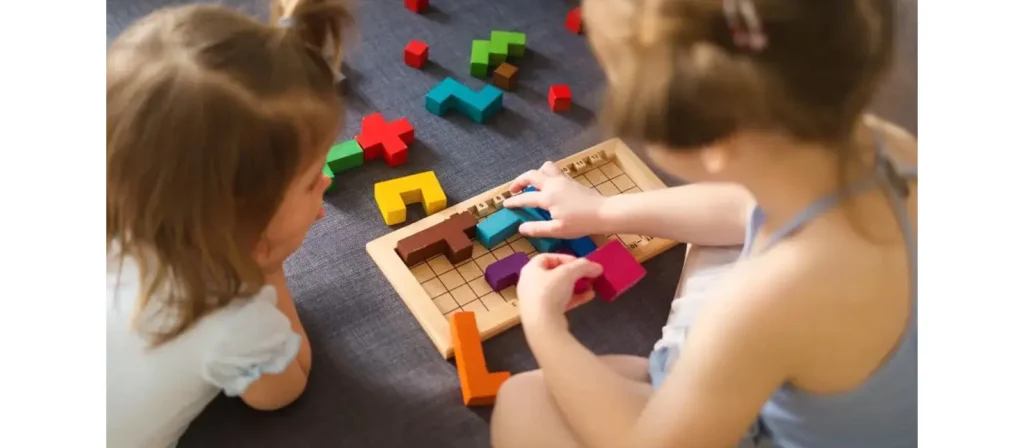
Characteristics of Spatial Visual Intelligence
Visual spatial intelligence reveals itself through a variety of observable behaviors and cognitive strengths. Children and adults who excel in this area tend to think in images rather than words, approach problems through visual analysis, and possess a strong awareness of their surroundings. Recognizing these traits can help parents and educators better support and nurture this form of intelligence in children.
- Thinks in images rather than words.
- Sees patterns in the environment that others may miss.
- Processes information visually, preferring diagrams over texts.
- Enjoys mentally manipulating shapes or objects (e.g., rotating them in the mind).
- Feels comfortable with 3D space, whether real or imagined.
- Learns best through visual aids, such as videos, illustrations, and physical models.
- Possesses heightened spatial memory, like remembering layouts or visual details.
Don’t just dream it, design it! Let’s chat about your custom furniture needs!
Examples of Visual Spatial Intelligence
Visual spatial intelligence often becomes most evident through action. Children with this intelligence type naturally express their spatial awareness and mental imagery in the things they do—whether through play, art, navigation, or academic activities. Here are several real-world examples that demonstrate how visual spatial intelligence shows up in everyday life:
- Solving complex puzzles with minimal guidance
A child quickly completes a jigsaw puzzle by visualizing how each piece fits the whole picture, often without needing to sort pieces by color or edge. - Drawing landscapes or scenes from memory
After visiting a zoo or a park, the child can sketch the layout, animals, or even the position of the trees accurately, relying on their mental map. - Navigating unfamiliar environments with ease
Without using a GPS, they remember how to get to a place they’ve only visited once, visualizing turns and landmarks clearly in their mind. - Building advanced structures using blocks or LEGO
They design buildings, bridges, or fantasy worlds, often symmetrical or structurally sound, using only their imagination without step-by-step instructions. - Understanding and using maps confidently
While traveling or playing a board game, they can read maps, grids, and coordinates quickly, anticipating movement and planning routes.
Signs of Strong Spatial Visualization Skills in Children
Recognizing strong spatial visualization skills in children can be a game-changer for their academic and personal development. These skills often reveal themselves early through behaviors that might seem playful or incidental but actually signal advanced cognitive abilities. Children with strong visual spatial intelligence don’t just see the world—they mentally map, manipulate, and redesign it with ease.
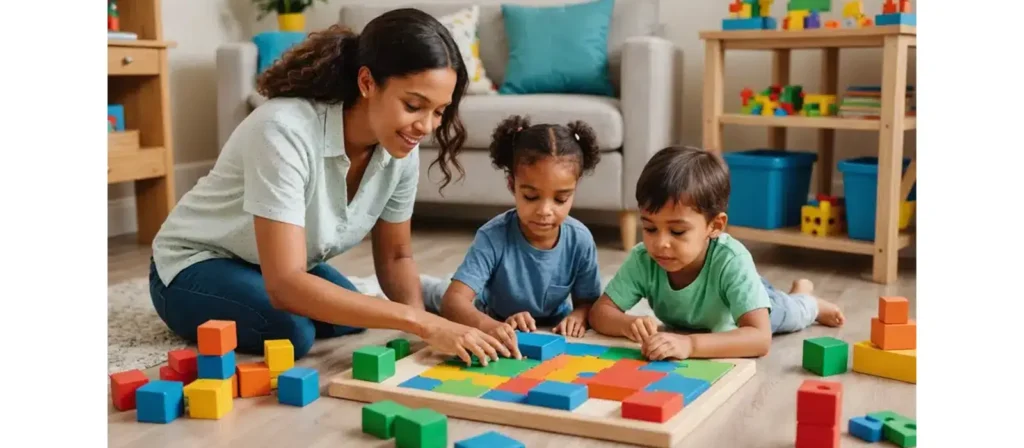
Here are some subtle yet consistent signs:
- Remembers where objects are placed, even in cluttered spaces.
- Enjoys creating or interpreting patterns.
- Often doodles in notebooks with complex shapes or scenes.
- Describes how things will look after being moved or rearranged.
- Excels in building, stacking, or assembling physical objects.
- Uses gestures or drawings to explain ideas rather than words.
- Quickly grasps visual humor or optical illusions.
- Can mentally “walk through” spaces they’ve only seen once.
Why Are Visual Spatial Skills Important for Children?
Visual spatial skills play a vital role in a child’s cognitive development, academic performance, and daily life. These abilities allow children to understand the spatial relationships between objects, visualize outcomes, and mentally manipulate shapes or patterns. Far beyond drawing or building, visual spatial skills are essential for problem-solving, physical coordination, and conceptual understanding across multiple learning domains.
1. Support for Academic Success
Visual spatial skills are closely tied to subjects like mathematics, science, geometry, and art. Children who can visualize number patterns, geometric transformations, or scientific diagrams often grasp abstract concepts more easily. These skills also aid in understanding graphs, charts, maps, and spatial measurements—tools commonly used in classroom learning.
2. Enhancement of Motor and Navigational Abilities
Spatial awareness helps children move confidently through physical spaces. From tying shoelaces to participating in sports, tasks requiring coordination and timing depend heavily on visual spatial processing. Well-developed spatial skills improve body awareness, direction-following, and hand-eye coordination.
Don’t just dream it, design it! Let’s chat about your custom furniture needs!
3. Foundation for Creative and Technical Fields
Visual spatial thinking is critical in careers such as architecture, design, engineering, visual arts, robotics, and even coding. Nurturing these skills in childhood lays the foundation for future success in creative, technical, or STEM-related paths. Encouraging children to engage in spatial play prepares them for more advanced spatial tasks in later years.
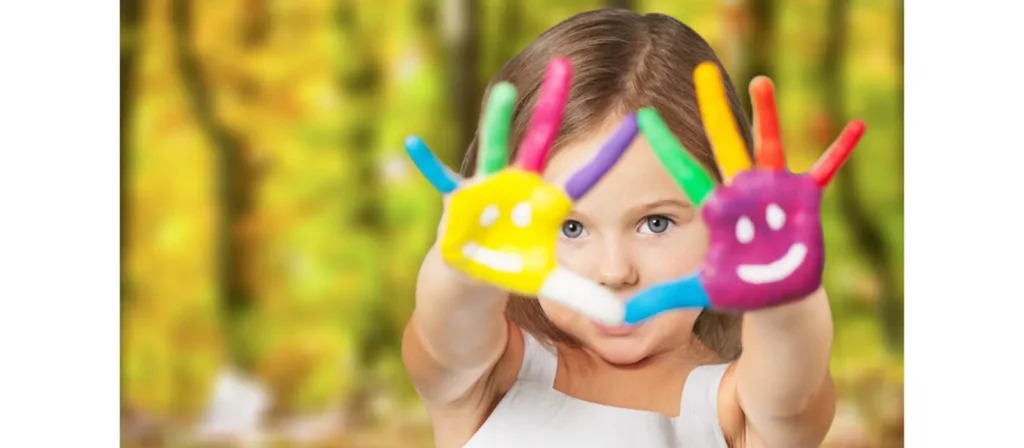
4. Strengthening of Problem-Solving and Critical Thinking
Children who can mentally manipulate objects are often better at predicting outcomes, identifying visual patterns, and breaking down complex tasks into manageable steps. These skills foster logical reasoning, adaptability, and innovative thinking—qualities essential for lifelong learning and success.
5. Support for Emotional and Social Development
Children with well-developed visual spatial skills tend to show more confidence in physical and learning environments. They may participate more actively in classroom tasks involving visual materials, group games, or construction challenges, boosting their self-esteem and peer interaction.
6. Encourage Independence in Everyday Tasks
Daily tasks such as packing a school bag, organizing a desk, or navigating from one location to another all require spatial judgment. Children with visual spatial skills often complete these tasks more efficiently and independently, which boosts their confidence and reduces the need for constant adult intervention.
Common Challenges Faced By Children With Poor Spatial Visualization Skills
When children have underdeveloped visual spatial intelligence, they may struggle with tasks that others find routine or intuitive. These challenges can impact both academic performance and everyday life, often going unnoticed or misattributed to issues like attention span or lack of effort.
Understanding these difficulties can help parents and educators intervene early and provide the right support. Below are some of the most common challenges faced by children with poor spatial visualization skills:
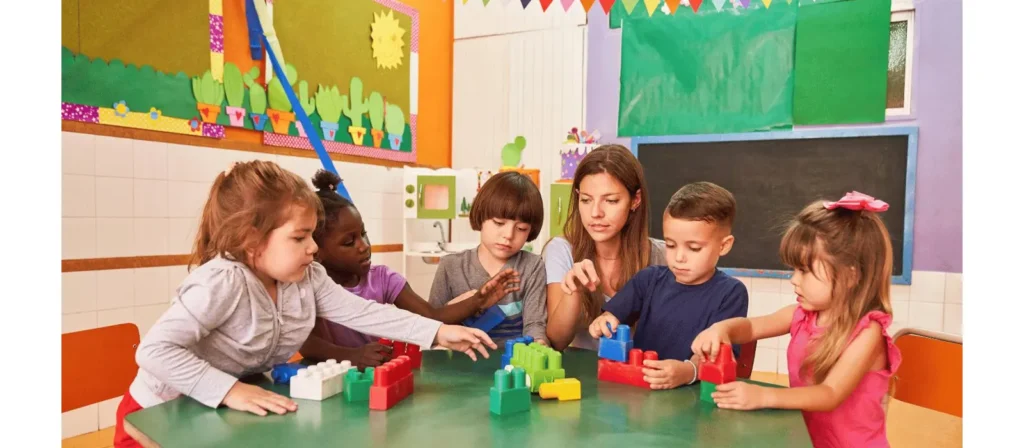
- Difficulty with Math and Geometry Concepts
Children with weak spatial visualization skills often find it hard to grasp concepts involving shapes, symmetry, measurement, angles, or visual patterns. They may struggle with tasks such as visualizing fractions, understanding place value on a number line, or interpreting graphs and charts. - Poor Handwriting and Letter Formation
Spatial difficulties can affect fine motor control and the ability to form letters consistently. Children may have trouble keeping letters within lines, spacing words evenly, or distinguishing between similar-looking letters such as b, d, p, and q. Writing on graph paper or copying from the board can be particularly frustrating. - Struggles with Map Reading and Directional Awareness
Understanding left from right, following directional cues, or reading simple maps can be challenging. These children may also have difficulty navigating hallways, organizing personal spaces like desks or backpacks, or estimating distances. - Challenges in Science and Visual-Spatial Subjects
Science learning often requires interpreting diagrams, following visual instructions, or understanding the structure of systems (e.g., body parts, solar system models, or food chains). Children with poor spatial skills may find it harder to conceptualize abstract scientific ideas presented in visual formats. - Trouble Completing Multi-Step Tasks
Spatial difficulties can impact sequencing and organization. Children may forget steps in a process, misplace items needed for a task, or struggle with assembling things according to visual instructions, such as preschool puzzles, crafts, or even daily routines like getting dressed in the right order. - Weak Performance in Sports or Physical Activities
Coordinating movement in space, judging depth or distance, and reacting to fast-moving objects are all spatially demanding. Children with poor spatial visualization may appear clumsy, avoid ball games, or struggle with activities requiring hand-eye coordination. - Lower Confidence and Avoidance Behaviors
Repeated struggles in schoolwork or peer activities can lead to frustration, low self-esteem, or reluctance to participate. These children may avoid puzzles, drawing tasks, or visual projects altogether, further limiting their spatial development over time.
When left unaddressed, these challenges can lead to reduced self-esteem, avoidance of certain subjects, and even misdiagnosis of learning disabilities.The good news is that spatial intelligence is highly responsive to practice and can be strengthened through targeted strategies and supportive learning environments.
How to Improve Visual Spatial Intelligence?
Visual spatial intelligence is not a fixed trait—it can be nurtured and developed over time through intentional practice and meaningful activities. Children especially benefit when parents, teachers, and caregivers provide them with opportunities to engage in spatial thinking, hands-on creation, and visual exploration. The key is to offer a range of experiences that stimulate both visual perception and spatial reasoning in a playful, low-pressure environment. Here are several effective ways to help children improve visual spatial intelligence:
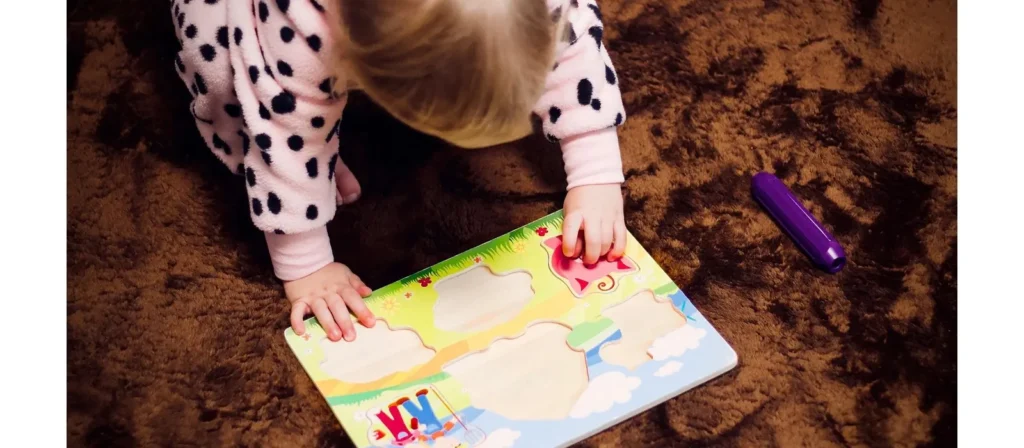
1. Foster Spatial Awareness Through Language and Daily Experiences
Helping children build a strong foundation for visual spatial intelligence begins with how we communicate. Use spatial language in everyday contexts—such as “move the chair beside the table” or “draw a line across the middle.” Describe object placement, movement, direction, and scale often. These casual conversations build an internalized understanding of space that children apply in both play and academic settings.
Additionally, involve children in real-world tasks that naturally require spatial reasoning. Organizing a shelf, setting a table, or helping arrange classroom furniture are excellent daily opportunities to practice spatial thinking in meaningful ways.
2. Encourage Mental Visualization and Imagination
Mental visualization is a core skill behind strong visual spatial intelligence. Engage children in activities that require them to picture objects, shapes, or movements in their minds. For example:
- Ask them to close their eyes and imagine how a familiar room looks.
- Provide folding or paper-cutting puzzles (like origami or symmetry games) and ask them to predict the outcome before completing the fold.
- Play “What’s Missing?” games where objects are briefly shown and then hidden.
These exercises strengthen the brain’s capacity to store, transform, and retrieve visual information.
3. Integrate Visual Learning Across Subjects
Whether in math, science, language arts, or geography, introduce visual tools like diagrams, flowcharts, graphs, and spatial models. For example, geometric reasoning, molecule modeling, or timeline mapping all require spatial understanding. These cross-disciplinary visual experiences reinforce the child’s ability to process and retain information spatially.
4. Provide Opportunities for Exploratory Play and Discovery
Unstructured play in open-ended environments allows children to develop intuitive spatial awareness. Sandpits, nature walks, rearranging a room, or navigating obstacle courses help them learn to judge distance, direction, and object relationships naturally, without formal instruction.
Don’t just dream it, design it! Let’s chat about your custom furniture needs!
5. Support Artistic and Design-Based Expression
Creative tasks like drawing, sculpting, interior decorating, or designing simple floor plans help children apply their visual spatial skills in meaningful contexts. Let them explain their process—this metacognitive reflection deepens understanding of space and proportion.
6. Encourage Strategic Observation and Attention to Detail
Visual spatial intelligence involves more than seeing—it’s about noticing. Practice games that require spotting differences, analyzing patterns, or identifying structural flaws. Train the child to slow down, observe carefully, and draw conclusions from visual cues.
7. Model Spatial Thinking in Real Situations
Let children observe how adults solve visual spatial problems—packing a suitcase, assembling furniture, interpreting maps, or planning room layouts. Talk aloud as you work, explaining your reasoning step by step. This models how spatial thinkers approach visual challenges.
8. Create a Visually Stimulating Environment
Surround children with varied visual input—artwork, geometric shapes, puzzles, design books, maps, architecture photos. Environments rich in texture, pattern, and structure prompt natural curiosity and observation, encouraging the brain to analyze visual data more deeply.
9. Blend Structured Instruction With Open-Ended Exploration
While structured activities teach specific skills, unstructured time allows children to apply those skills creatively. Provide space and time for free drawing, independent construction, or imaginative world-building. Observe how the child interacts with their space—do they rotate pieces to fit? Do they adjust their designs based on visual symmetry?
Toys And Activities That Promote Visual Spatial Intelligence
The development of visual spatial intelligence can be significantly enhanced through the use of purposeful toys and well-designed activities. These tools stimulate a child’s ability to visualize, manipulate, and understand spatial relationships in a hands-on, engaging way. When selected intentionally, toys and activities can foster imagination, improve problem-solving, and strengthen spatial reasoning from an early age.
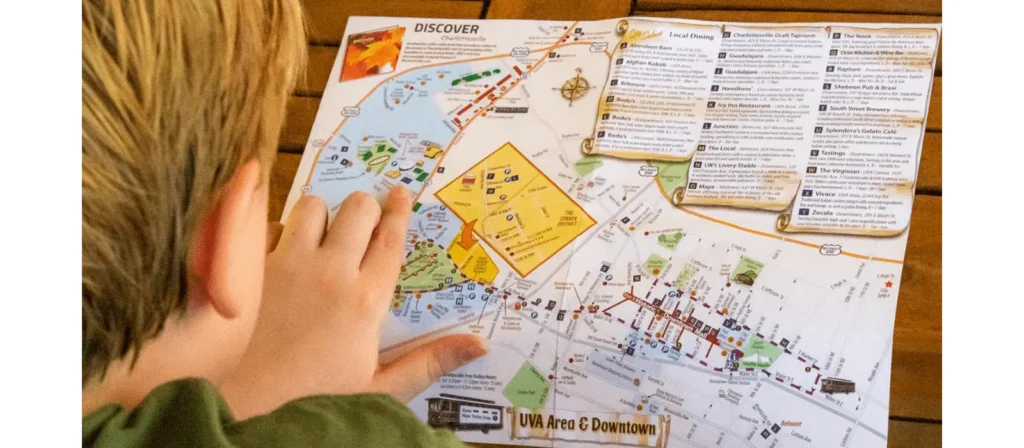
Activities to Improve Visual Spatial Intelligence
Engaging children in targeted activities is one of the most effective ways to strengthen their visual spatial abilities. These activities not only sharpen their spatial reasoning but also promote creativity and problem-solving.
- Drawing and Perspective Sketching
Encourage children to draw from observation, memory, or imagination. Perspective drawing or sketching floor plans helps them understand proportion, dimension, and spatial orientation. - Map-Making and Navigation Practice
Have children draw maps of familiar places or navigate with real maps. Try giving or following verbal directions using spatial terms to reinforce orientation and positioning. - Origami and Paper-Folding Projects
These hands-on tasks develop sequencing skills, fine motor control, and the ability to translate flat shapes into 3D objects—a core visual spatial strength. - Art and Craft with Spatial Layout
Activities like collage-making, arranging mosaics, or designing symmetrical artwork develop spatial planning and visualization. - STEM Activities with Visual Components
Let kids explore beginner-friendly robotics, coding with block-based platforms like Scratch, or simple engineering challenges that require structural thinking and spatial mapping. - Daily Life Challenges
Involve kids in tasks like rearranging daycare furniture, packing suitcases, or organizing bookshelves. These real-world activities engage spatial judgment and decision-making.
Toys and Tools to Enhance Spatial Skills
Certain educational toys and tools are especially effective for nurturing visual-spatial intelligence. These tactile, visual, and interactive items can be seamlessly integrated into playtime for both fun and development.


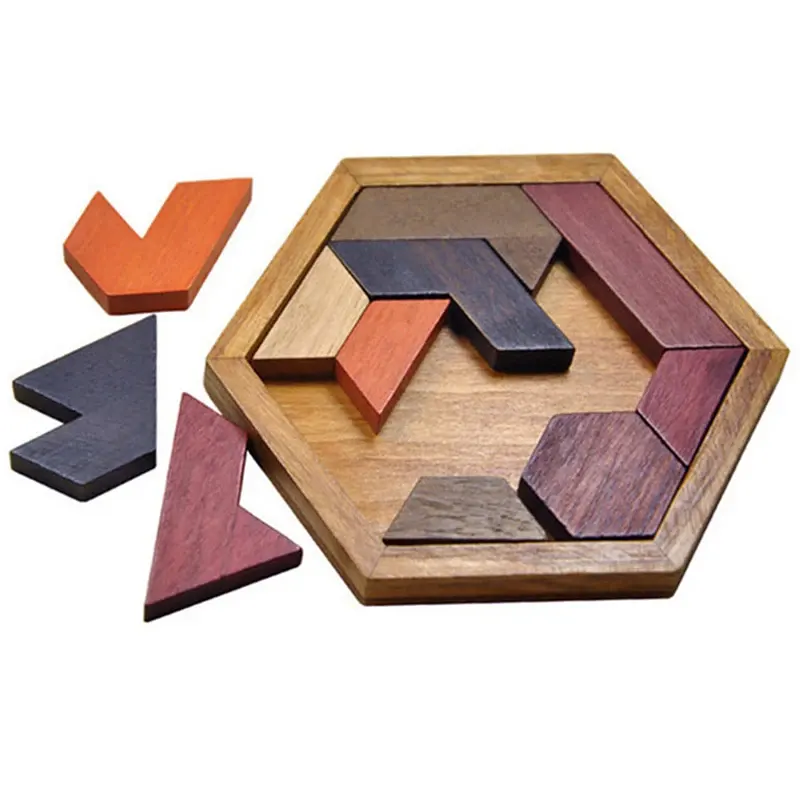
- Building Toys (LEGO, Magna-Tiles, K’NEX)
These allow children to experiment with balance, symmetry, and 3D construction. They encourage innovation and spatial visualization through free building or following complex designs. - Jigsaw and 3D Puzzles
Puzzles strengthen shape recognition, pattern matching, and the ability to mentally rotate and manipulate parts of a whole. - Spatial Board Games (Blokus, Q-Bitz, Rush Hour)
These games require strategy, planning, and pattern recognition—ideal for exercising visual logic and anticipation. - Educational Video Games (Minecraft, Tetris, Monument Valley)
Moderated digital play can support spatial reasoning through immersive environments that demand exploration, structure-building, and navigation. - Art Supplies with Geometric Tools
Equip kids with rulers, compasses, grid paper, and stencils. These tools promote the understanding of form, measurement, and layout. - Interactive Books and Visual Story Games
Books like I Spy, Where’s Waldo?, and maze books stimulate observation, tracking, and attention to spatial detail.
Your perfect classroom is one click away!
FAQs About Visual-Spatial Intelligence
- What is visual-spatial intelligence in child development?
Visual spatial intelligence refers to a child’s ability to perceive, analyze, and mentally manipulate visual and spatial relationships between objects. It influences how children understand shapes, directions, space, and visual patterns. - How can I tell if my child has strong visual-spatial intelligence?
Children with strong visual-spatial skills often enjoy building things, solving puzzles, drawing from memory, reading maps, or assembling objects. They tend to learn best through visual aids and hands-on exploration. - What causes poor visual-spatial intelligence in children?
While genetics and neurological development play a role, lack of exposure to spatially rich activities, minimal visual learning opportunities, or underlying learning difficulties may contribute to underdeveloped skills. - Can visual-spatial intelligence be improved over time?
Yes. Visual spatial intelligence is highly trainable. With the right combination of toys, activities, teaching strategies, and supportive environments, children can significantly improve these skills over time. - How does visual-spatial intelligence affect academic performance?
Children with well-developed visual spatial skills often perform better in subjects like math, geometry, science, engineering, and art. Poor spatial skills may lead to struggles with graph interpretation, geometry, handwriting, or diagram-based learning. - What are visual-spatial learners good at?
Visual-spatial learners excel at tasks involving imagery, spatial understanding, and visual memory. They are often skilled in drawing, building, interpreting diagrams and maps, solving puzzles, and understanding geometric concepts. These learners grasp information better through visuals than through verbal or written instruction. - What famous people have visual-spatial intelligence?
Many innovators and artists are believed to have strong visual-spatial intelligence, including Leonardo da Vinci, Albert Einstein, Nikola Tesla, Frank Lloyd Wright, and Steve Jobs. Their ability to visualize complex systems, imagine spatial relationships, and create new designs reflects high visual-spatial ability. - Are visual-spatial learners gifted?
Many visual-spatial learners exhibit gifted traits, particularly in creative, technical, or artistic fields. However, not all are classified as gifted in the traditional academic sense. Their strengths may go unrecognized in verbal or test-heavy learning environments, making it important to support their unique learning style. - What do strong visual-spatial skills mean?
Strong visual-spatial skills indicate an individual’s advanced ability to think in pictures, mentally rotate shapes, interpret visual patterns, and understand spatial relationships. These skills support success in fields like architecture, engineering, design, mathematics, and the arts, and are vital for solving complex, multidimensional problems.
Conclusion
Visual spatial intelligence is a vital yet often underrecognized component of a child’s cognitive development. It influences how children interpret the world around them—how they navigate spaces, solve problems, draw meaning from visuals, and express creativity. Far from being limited to artistic or design-based skills, visual spatial thinking plays a foundational role in STEM learning, everyday functioning, and long-term academic and career success.
Fortunately, visual spatial intelligence is not fixed—it can be nurtured through thoughtful guidance, hands-on exploration, and consistent exposure to rich visual and spatial experiences. By integrating spatial language into daily life, offering meaningful play opportunities, and supporting diverse learning styles, parents and educators can unlock a child’s full visual potential.
Recognizing the strengths and challenges associated with visual spatial intelligence allows us to create more inclusive learning environments—ones that honor different ways of thinking, problem-solving, and communicating. In doing so, we not only support better educational outcomes but also foster confidence, innovation, and a deeper connection between children and the world they see.

